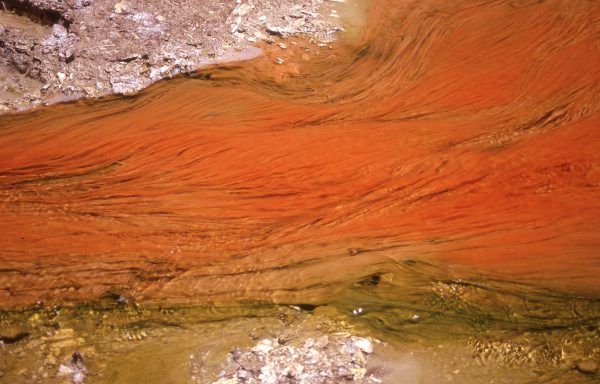Extreme Environments: Hot
We study the microbial communities forming mats in hot springs. These springs are like hot islands in a colder “ocean” surrounding them. Therefore, they can be used to analyze dispersal of microbial taxa from one to another. We have sampled springs along the cordilleras of Costa Rica and along the Andes in Chile, from El Tatio in the north to San Ignacio del Huinay in the south. We have also collected mat samples in Deception Island, Antarctica. In the future we are planning sampling expeditions in Perú and other countries.
Altogether we have samples at different space scales, from cm to thousands of kilometers, along a latitudinal gradient. This permits analysis of the importance of dispersal limitation for bacteria.
We also analyze metagenomes and metatranscriptomes of the mat communities, assembling genomes of the most important members of the community and determining their role in the ecology of the ecosystem.

Microbial mats at El Tatio (4200 masl, Chile)
Cold environments
Icebreaker CCGS Amundsen in Franklin Bay (Canada) and iceberg in the Weddell Sea (Antarctica)
Polar oceans are not only cold, but they are ice-covered and in the dark for a part of the year. Temperature increases due to climate change are faster in the Arctic than in the rest of the globe. Understanding the functioning of ecosystems particularly during the winter is essential to model the future of the Polar seas.
We study the adaptations and gene expression of microbes as conditions change from winter to summer
Hypersaline environments
Crystallizer ponds at El Litio (Chile) and Santa Pola (Alicante).
Salinity is between 10 and 30 times higher in solar salters than in the sea.
A fascinating community of only a few bacteria and archaea reach huge concentrations in the crystallizer ponds. This allows detailed analysis of the community.



